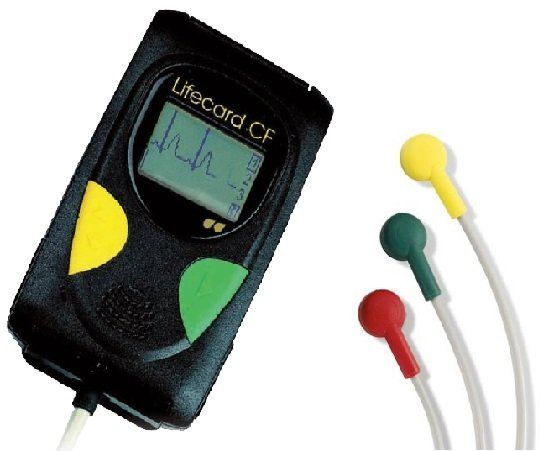Cardiac Monitoring
A heart monitor is used to assess your heart rate and rhythm for 24 hours or longer. It can be used to identify abnormal heart rates or rhythms, which may or may not be associated with particular symptoms. A heart monitor is also sometimes called an ‘ambulatory heart monitor’ or a ‘tape’.
Preparing for your appointment
The monitor can be attached to your waistband using a clip, or placed in a trouser or shirt pocket, so you’ll need to wear appropriate clothing on the day.
At the appointment
During your appointment small stickers (electrodes) will be put onto your chest to monitor your heart rate and rhythm. Some men may need to have a small area on their chest shaved in order for the electrodes to stick to the skin. These stickers are attached to the heart monitor.
Wearing the monitor
The heart monitor will record your heart rate and rhythm automatically so you won’t be required to do anything. It is important to carry on with your normal daily routine whilst you’re wearing the monitor. This includes any exercise you would normally do, as advised by your doctor (if applicable). You will be given a diary sheet to complete whilst wearing the monitor. Use this to make a note of the exact time and details of any symptoms you may experience. During the first 24 hours you won’t be able to have a bath or a shower whilst you are wearing the monitor because it must stay dry.
Reference:
www.uhs.nhs.uk








